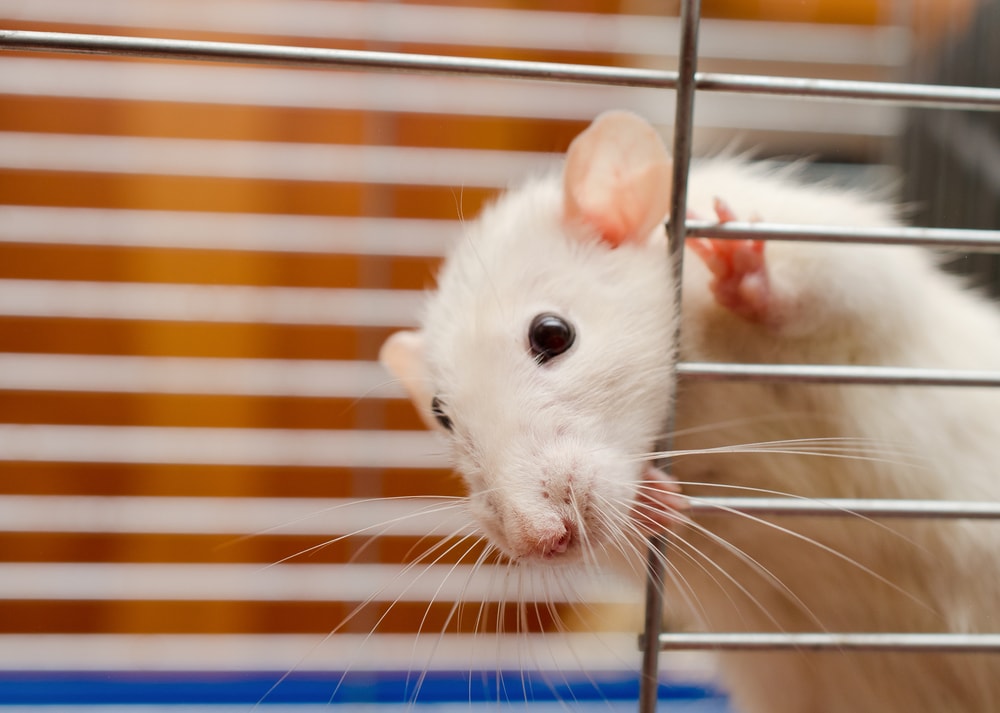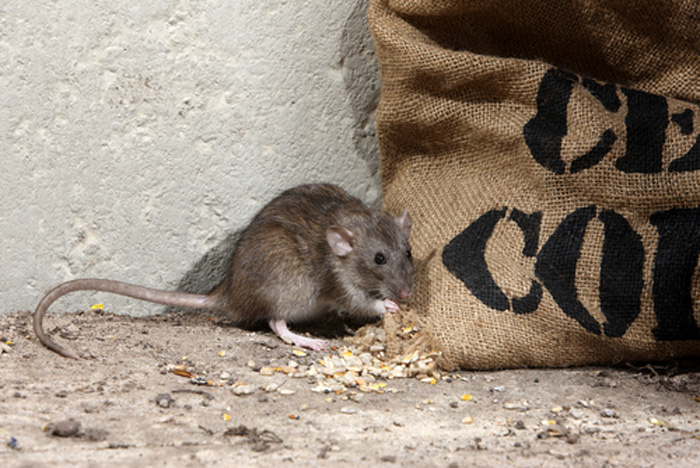Smart Rodent Detection in Restaurants: Enhancing Dining Experience
Share
Ensuring a hygienic dining experience is paramount for restaurant owners. With the rise of technology, smart rodent detection in restaurants has become an essential tool. This innovative solution not only ensures clean dining areas, but also protects the restaurant's reputation.
The presence of rodents is a significant concern in the restaurant industry. Rodents can cause health issues and create an unsanitary environment. Thus, implementing smart rodent detection systems can greatly reduce these risks.

How Smart Rodent Detection Works
Technology has revolutionized the way we combat pests. Smart rodent detection systems use sensors and real-time monitoring to detect rodent activity. This allows restaurant staff to address issues swiftly and effectively.
These systems often utilize sound wave technology or infrared sensors to track movements. Once detected, alerts are sent to notify staff immediately. This quick response can prevent potential infestations and maintain a safe dining environment.
Integrating Smart Technology in Pest Control
Integrating smart technology not only provides real-time monitoring but also reduces the reliance on harmful chemicals. This approach is beneficial for both the environment and the health of restaurant patrons.
For more information on building an effective pest control system, check out this article on 5-gallon bucket mouse trap.
Benefits of Smart Rodent Detection
- Prevention of infestations and reduction of health risks for patrons.
- Protection of the restaurant's reputation and hygiene standards.
- Cost-effective solution by reducing long-term pest management expenses.
Additionally, smart detection systems can help identify entry points and weak spots within the building. This allows for targeted maintenance and prevents future infestations.
Implementing Smart Systems: A Case Study
A restaurant in downtown took the initiative to install such a system. Within days, they were able to pinpoint areas of concern and take corrective measures. The results were remarkable with decreased rodent sightings and increased customer satisfaction.
For more insights into modern pest control strategies, read about warehouse mouse control with AI.
Challenges with Traditional Rodent Control Methods
Traditional methods often involve traps and pesticides which can be harmful if not handled correctly. Moreover, these methods demand constant manual oversight. Smart rodent detection eliminates these challenges, offering a more efficient solution.
If you're interested in understanding traditional methods, take a look at the step-by-step guide for setting a mouse trap.
Rodent Detection in the Broader Pest Control Landscape
Rodents are just one aspect of pest control. However, their impact can be more damaging due to their rapid breeding and spread of diseases. By embracing technology, restaurants can protect themselves more effectively.
For more about signs of rodents in your facilities, visit signs of rodents in warehouses.

FAQs on Smart Rodent Detection
-
Q: How do smart rodent detection systems alert users?
A: They can send alerts via email, app notifications, or alarms in real-time. -
Q: Are smart rodent detection systems expensive?
A: Though initial costs may be high, they are cost-effective in the long run by preventing infestations. -
Q: Can these systems be used in other industries?
A: Yes, they are beneficial in many sectors including warehouses and food processing to ensure hygiene.
This article contains affiliate links. We may earn a commission at no extra cost to you.
